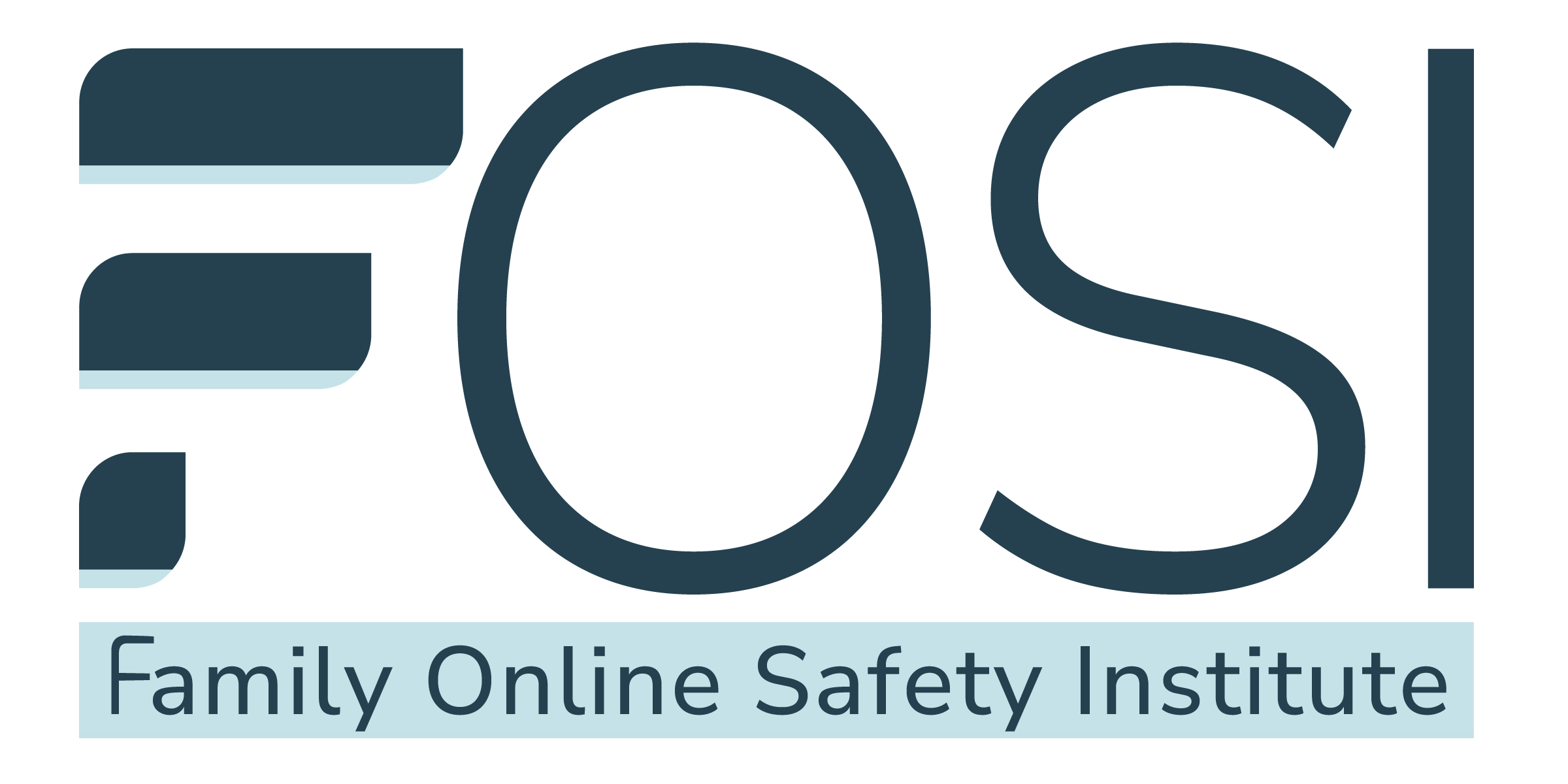How do you know what kind of content to share online? If you read and post a lot of news stories, it’s important to make sure that the online news sources you use can be analyzed for credibility and reliability. The following list is a set of questions you should ask yourself when reading an online article.
Publisher
Who is the publisher?
Do they have any political leanings, affiliations, or paid sponsors? While these individually do not make an article untrustworthy, it can make the article biased. Check the publisher’s “About” page first.
What does the web address end in? Websites ending with ‘.edu’ denotes educational websites, nonprofits register with ‘.org', ‘.gov’ is exclusively for governmental websites, and ‘.com’ is for commercial websites.
Author
What do you know about the author? What credentials, degrees, or experiences do they have that make them a credible source to write knowledgeably about this subject?
Does the author have any open biases? Review their other articles and bio.
Is the author a regular contributor to the publication?
Can other journalists or sources support the credibility of this author?
Date
When was the article published online and is it recent?
If it is an older article, has there been a new perspective, research or information published since then?
Is the story still developing? When was it last updated?
Location
Where was the article published? This can affect the bias of the article, depending on what point of view the author or publisher might take.
Purpose
Why was the article written and what is the big picture? How does it contribute to what other journalists are reporting?
What type of article is it? Is it a news report, investigative journalism, an opinion piece, a review, a blog post, a personal essay, a satirical piece, an editorial, a column, original research, a tabloid, etc.? A different article medium will inform what the author is trying to accomplish, how their message comes across, and what style the information is delivered in.
Audience
Who is the targeted audience of this article?
What kind of specific appeals does the article make to a certain demographic? Consider the writing style, images, claims presented, aesthetic of layout, or language.
Evidence
Does the article present researched facts, data and numbers to support their information that contain hyperlinks to other sources?
Does the article include the opinion or knowledge of reputable experts in the field?
Bias
Is the tone of the article neutral and informational, or does it include emotion or persuasion?
There are many types of media bias. To learn more about them, visit this link.
Stakeholders
What kind of people are represented in the article? Are the stakeholders reliable? What kind of credentials, degrees or experiences do they have?
Does the article present a range of opinions or views from both sides of the issue?
Does the article provide links to more information about these stakeholders, whether that be to their biography, work they have published, or their opinion in another article?
Does the author identify specific stakeholders or groups of people, or are they vague?
Fact Checking
Before hitting the share button on social media or emailing it to a friend, do a quick search for articles by other sources on this subject. While there may be a difference in opinions, do the basic facts of the articles match up?
By following this list of starter questions, you have learned how to analyze the parts of an online news article, and cultivated important media literacy skills. Share this information with your friends and family to help keep them informed! You can also review the example articles in Reading the News to see if you can better discern what is a credible and reliable article.















.svg)

